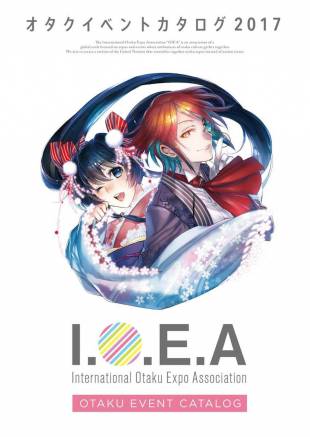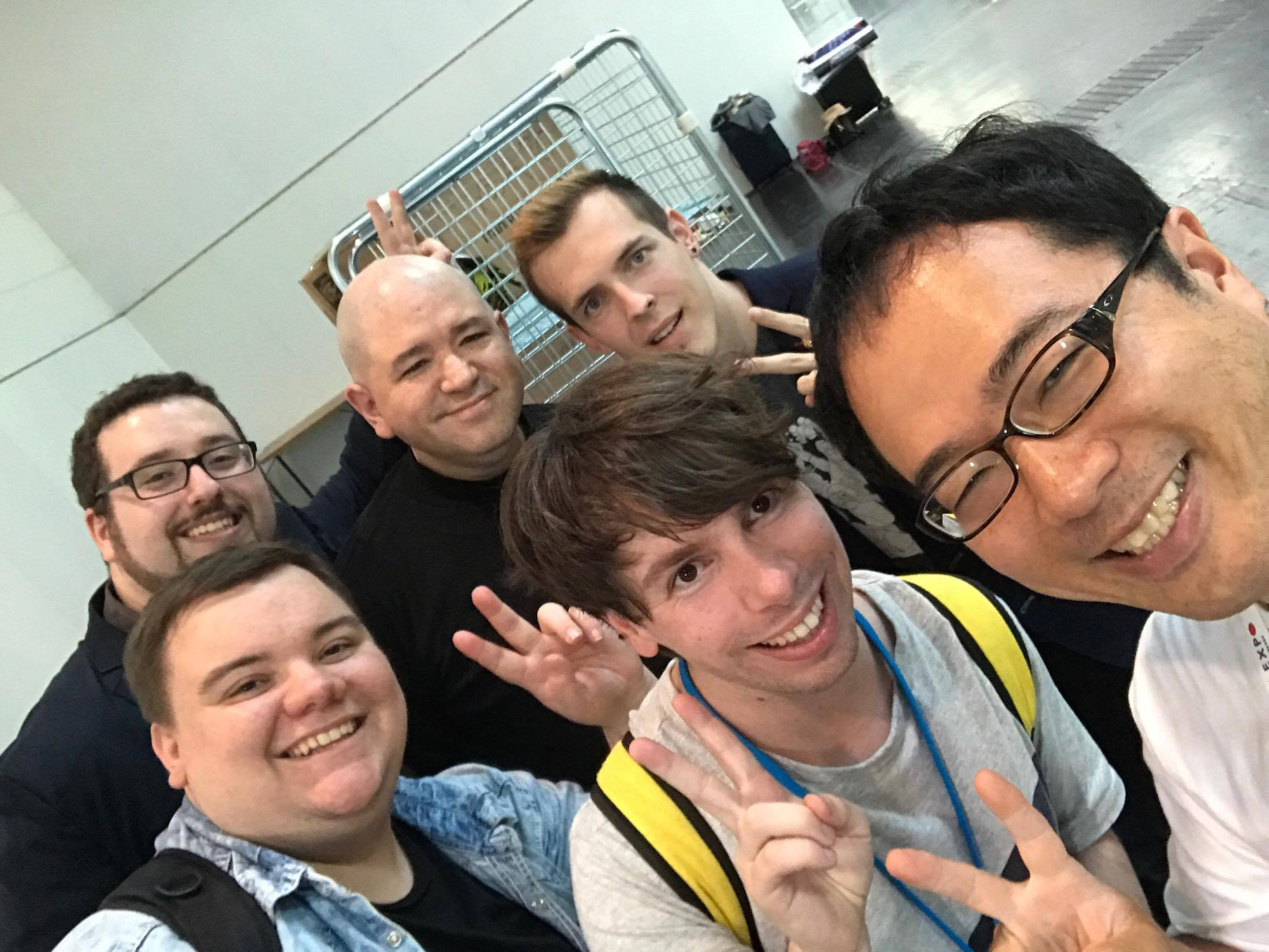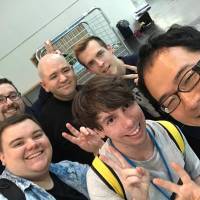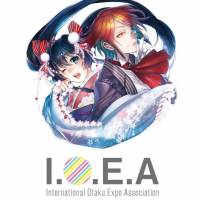The International Otaku Expo Association (IOEA) could be the title of one of those self-referential, po-mo anime shows that is as much about fandom as it is made for fans (think "Genshiken," an entire series about a college otaku fan club). But it's the real thing, headquartered in Tokyo's Yushima neighborhood and founded by three self-proclaimed otaku a little over two years ago — and now it's getting props from Japan's Ministry of Foreign Affairs (MoFA), which is helping the IOEA spread the otaku gospel worldwide.
And what is that gospel, exactly? The word "otaku," like so many Japanese terms, has different meanings depending on where you utter it. Here in its land of origin, "otaku" still exudes whiffs of antisocial, or at least asocial, behavior, a connotation dating back to the 1980s: pathologically obsessive fans of fantasy worlds who evade social interaction to hide personal defects.
But overseas, "otaku" is nearly synonymous with "geek" or "nerd," and implies a dedication to a niche passion that gives life greater meaning, enhances one's place in an equally devoted community of the like-minded, and may imply superior intelligence. It's a nerd's world, after all.
The IOEA was created, says Dan Kanemitsu, who co-founded the association with Kazutaka Sato and the late Takamasa Sakurai, partly to bridge the gap between perceptions of otaku culture abroad and the core "value systems" of otaku and dōjin (fan-produced) art in Japan. Outside of Japan, otaku culture is "bundled into one big package" at anime conventions, adds Sato. "But in Japan it's multifarious, divided into several subcategories that don't always overlap or communicate. We wanted to unite both sides and create more interaction."

Epiphanies abroad drove Kanemitsu, Sato and Sakurai to launch the project. Kanemitsu visited an American comics convention in Minnesota and noticed that all of the artists were drawing in manga style. Sato was vacationing in Paris with his wife during Japan Expo, the largest Japan pop event outside of the archipelago. On the Champs Elysees, he says, "French otaku were everywhere."
Charismatic third co-founder Sakurai, who produced MoFA's Kawaii Ambassadors global outreach project starting in 2009, died in late 2015 in a railway accident near his home in Nishi-Nippori, after he fell onto the tracks. His surviving partners are still shaken at the loss.
"We had a meeting on that very night," says Kanemitsu. "It was a shock to all of us."
The death of Sakurai impelled his partners to push even harder. Their board of trustees now includes major American convention staff members, and event organizers from Spain, China and South America.
"The explosive growth is in China," says Kanemitsu. "We need to have more people who speak Mandarin to keep up with the demand."
I'm an annual guest at anime cons in the U.S. This year, I was invited to four: Naka-Kon in Kansas, Anime Boston in Massachusetts, Otakon in Washington, D.C., and Crunchyroll Expo in California. As I have written elsewhere, these are less Japanese loci than they are "Japanamerican" — hybrid happenings that are still poorly understood in the country that inspires them.
"There is a kind of unequal relationship between stars, creators and fans in places like ComicCon in San Diego or Hollywood," Sato tells me at his office. "But otaku culture is a place where you come up with your ideas and you share them and everyone gives back. Even a piece of art on Twitter is a work of art. Coming to Comiket (Japan's fan-art comics convention) and buying a book or selling a book is the same. There's no pipeline."
For foreign convention partners, the IOEA is not only a bridge to Japan, but also to international Japanese fandom. "Through the IOEA, we gain the benefit of being part of a Japanese organization," says Otakon convention chair John Gluth. "That opens many doors for us in that country, along with the opportunity to meet with and interface with other conventions from around the world."
Sakura-Con's director of publicity, Elmira Utz, praises the organizers' commitment to administrative tasks — the nuts and bolts of connecting global fan communities with divergent demands and policies.
"The IOEA tackled the complicated challenge of how to associate anime events that varied greatly," she says. "They addressed size, tax status and complications posed by differences in business practices from country to country. Its mission is admirable. Fan events bring people together locally, and the IOEA seeks to extend those connections internationally. We can learn from each other and offer support."
Japan has had a Creative Commons model since before the internet. Comiket dates back to 1975, when roughly 600 attendees first formally gathered around art produced exclusively by fans. The IOEA is not about B2B, stresses Kanemitsu — it's not anything like foreign anime cons or domestic trade fairs such as Anime Japan, with their mix of official marketing platforms and fan-art tableaus. It's not a consumer marketplace.
"This is 'C2C' in a new meaning," he says. "It's creator-to-creator."
Later this week, Kanemitsu is flying to Atlanta for Anime Weekend Atlanta; next week, Sato heads to New York for New York Comic Con. The two have hit 95 anime events in 13 countries since the IOEA was founded in 2015.
"We're targeting 105 by the end of the year," Sato says. "We're almost there."
Roland Kelts is the author of "Japanamerica: How Japanese Pop Culture has Invaded the U.S." He is a 2017 Nieman fellow in journalism at Harvard University.





















With your current subscription plan you can comment on stories. However, before writing your first comment, please create a display name in the Profile section of your subscriber account page.